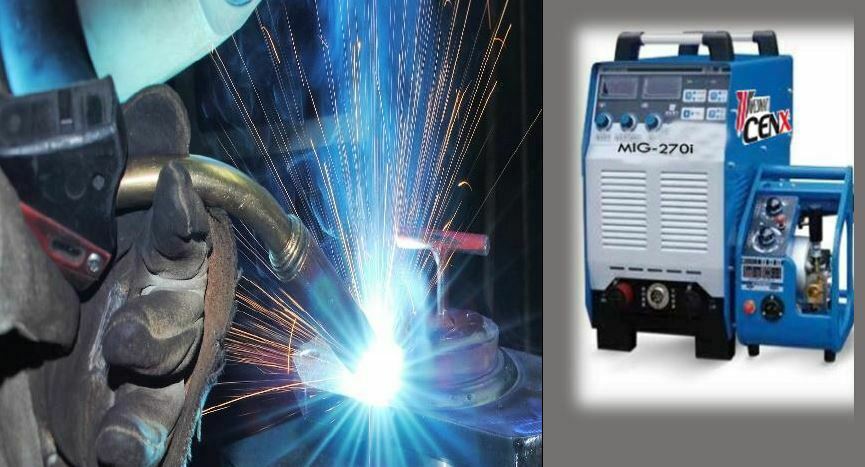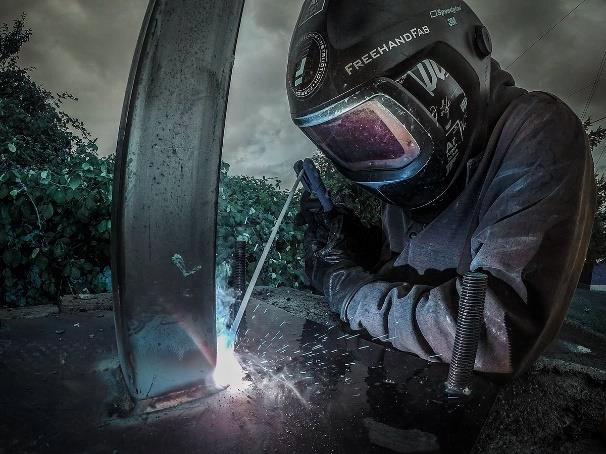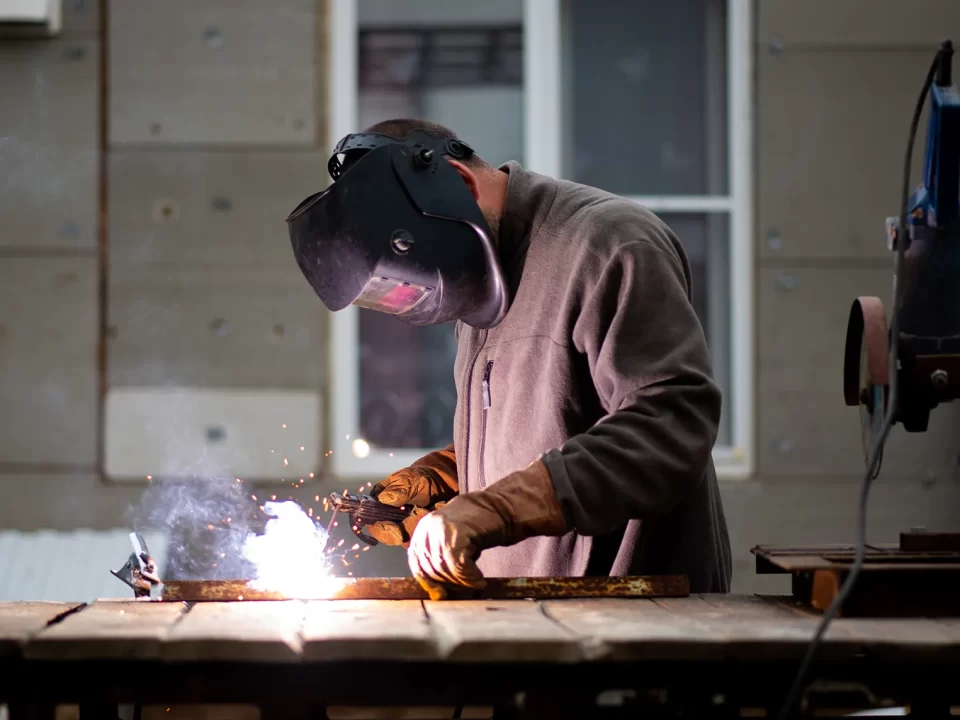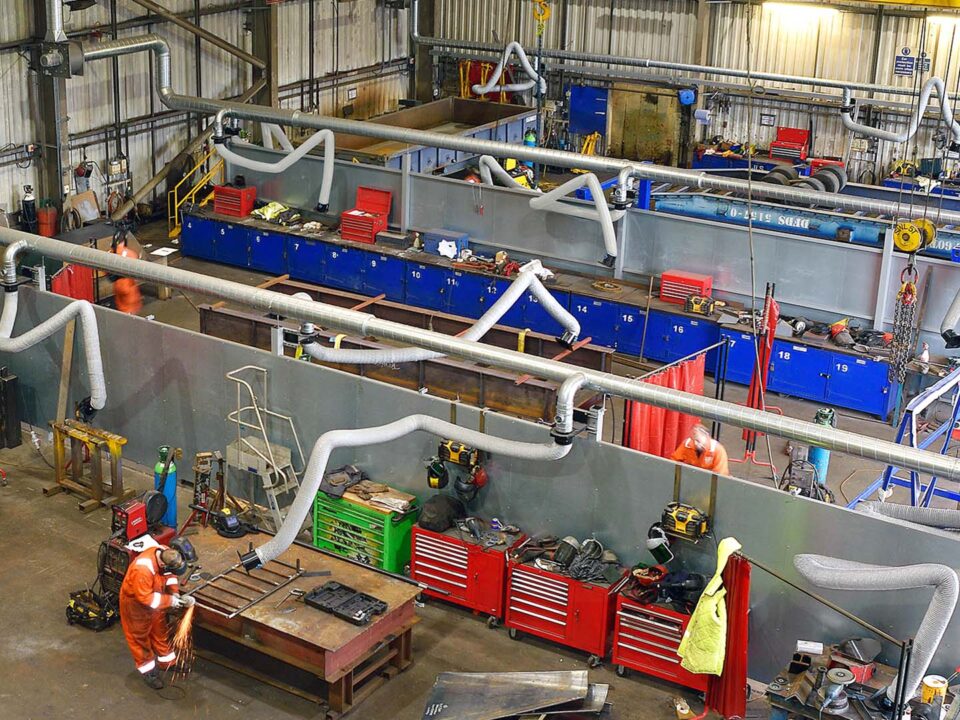
Robotic Welding Solution
September 11, 2018
Why Automatic Welding Machine is a Better Choice for You
January 17, 2022What is Arc Welding
Welding is a fabrication or sculptural process that joins materials, usually metals or thermoplastics, by using high heat to melt the parts together and allowing them to cool causing fusion. Welding is distinct from lower temperature metal-joining techniques such as brazing and soldering, which do not melt the base metal.
Pressure may also be used in conjunction with heat, or by itself, to produce a weld. Welding also requires a form of shield to protect the filler metals or melted metals from being contaminated or oxidized.
Many

Many different energy sources can be used for welding, including a gas flame (chemical), an electric arc (electrical), a laser, an electron beam, friction, and ultrasound. While often an industrial process, welding may be performed in many different environments, including in open air, underwater, and in outer space.
Welding is a hazardous undertaking and precautions are required to avoid burns, electric shock, vision damage, inhalation of poisonous gases and fumes, and exposure to intense ultraviolet radiation.
Types of Welding
1. GMAW ( MIG Welding)
MIG welding is one of the easiest types of welding for beginners to learn. MIG welding is actually two different types of welding. The first use bare wire and the second flux core.
Bare wire MIG welding can be used to join thin pieces of metal together.
Flux core MIG welding can be used outdoors because it does not require a flow meter or gas supply. MIG welding is usually the welding of choice for DIY enthusiasts and hobby welders who don’t have the money to spend on expensive equipment.

2. ARC (Stick Welding)
Stick welding, also known as Shielded Metal Arc Welding, is doing it the old fashioned way. Stick welding is a bit harder to master than MIG welding, but you can pick up stick welding equipment for very little if you want to have a go at home. Stick welding

3. TIG Welding
TIG welding is extremely versatile, but it is also one of the more difficult welding techniques to learn and Lincoln Electric TIG welders are skilled individuals. Two hands are needed for TIG welding.
One hand feeds the rod whilst the other holds a TIG torch. This torch creates the heat and arc, which are used to weld most conventional metals, including aluminium, steel, nickel alloys, copper alloys, cobalt and titanium.

4. Plasma Arc Welding
Plasma arc welding is a precision technique and is commonly used in aerospace applications where the metal thickness is 0.015 of an inch. One example of such an application would be on an engine blade or an air seal. Plasma arc welding is very similar in technique to TIG welding, but the electrode is recessed and the ionizing gases inside the arc are used to create heat.
5. Electron Beam and Laser Welding
Electron beam and laser welding are extremely precise, high energy welding techniques.
6. Gas Welding
Gas welding is rarely used anymore and has been largely superseded by TIG welding. Gas welding kits require oxygen and acetylene and are very portable. They are still sometimes used to weld bits of car exhaust back together.
Welding Abbreviations
There is a long list of other abbreviations which you might come across during your welding career. Here is a small selection of some of the most common:
- AC – Alternating Current
- AWS – American Welding Society
- BMAW – Bare Metal Arc Welding
- BS – British Standards
- BW – Braze Welding
- GMAC – Gas Metal Arc Cutting
- DC – Direct Current
- DCEN – Direct Current Electrode Negative
- DCEP – Direct Current Electrode Positive
- PAW – Plasma Arc Welding
- RSW – Resistance Spot Welding
- SMAC – Shielded Metal Arc Cutting
- STUD – Stud Welding
- WFS – Wire Feed Speed
By now, you should be able to see that welding is different from brazing and soldering, which do not melt the base metal. Additionally, there are many types of welding that present more challenges than you imagine.
I hope our article will give you a fundamental base from which you can achieve the latest knowledge about the sheet metal fabrication field.
If you need further information about the power source and basic welding knowledge, please contact our Sales Technical Representative.




